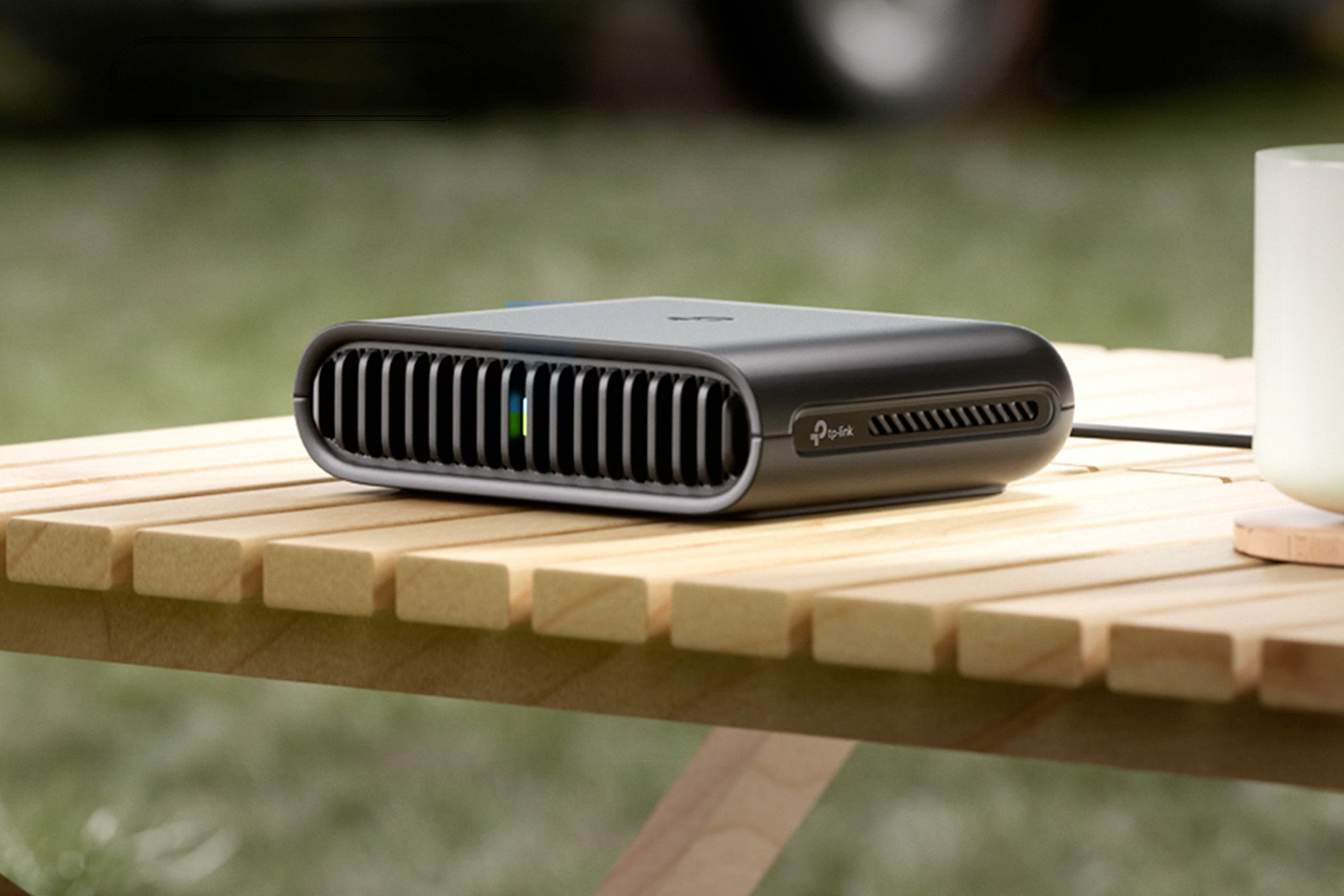Despite haivng a desktop with multiple monitors, I now do most of my work on a laptop. As a result, there area few peripherals that I’ve come to love.
My Portable SSD
Rather than buy a flash drive, or upgrade my laptop’s onboard storage again, I opted to piece together my own portable NVMe SSD.
I have my SSD set up with two separate partitions. One partition is an exFAT partition that I use to move files between my laptop and my PC; the other is a portable Windows 11 installation for when I need to run Windows on my laptop.
Between the two, I pretty much always have my SSD connected for one thing or another.
A USB Dock
Depending on your laptop, you may have as few as two USB-C ports and nothing else.
I pretty regularly run into a situation where I need more things connected to my laptop than it has ports. That is where the dock comes in.
Some docks are extremely expensive and support things like Thunderbolt 5. If you have a laptop that can actually use that it might be worth it, but so far, I’ve gotten by with a simple USB-C Anker Dock that adds a few extra USB-C and USB Type-A ports, an HDMI port, and SD card slots.
A Travel Router
I frequently carry a ton of devices with me, which makes getting set up on public Wi-Fi a pain. Eventually, I just bought a travel router and haven’t looked back since.
I have all of my devices configured to automatically connect to the travel router, which means I only need to mess with connecting one device I’m using public Wi-Fi. It also lets me use available ethernet ports in hotels and other locations if I want, too.
A Big Battery
Having a long list of gizmos is great until you run out of power with nowhere to charge. Regardless of where I am or what I’m doing, if I have my tech bag with me, I have a large battery with me.
I opted to get a 25,000 mAh battery simply because that means I can fly with it in my carry on without worrying about whether or not I’m going to run into issues with airline rules or FAA regulations.
You can often times carry batteries larger than 100Wh on flights if you get it approved, but I’ve seen large batteries confiscated in airports. It is a potential headache you’re better off avoiding, especially since those batteries are pretty expensive.
My exact battery isn’t available anymore, but Anker’s 737 Power Bank is similar.
It can charge my laptop from 0% about one and a half times, and my phone nearly 5 times.
A Hard Drive/SSD USB Interface
You never know when you’re going to come across a harddrive or SSD thatyou need to work on, and as a result, I always carry a small USB adapter that lets me connect most standard hard drives to my PC. It also comes with an AC power supply, which is necessary when you’re connecting a 3.5-inch HDD.
As niche as it is, I actually use it three or four times per year, and each time it has been pretty important.
A USB Data Blocker
In an ideal world, you’d never just plug one of your devices into a random USB port to charge. There is no telling if someone has tampered with one.
Though we’ve never seen this kind tampering used to successfully deliver malware to a phone in the real world, it is at least possible.
One easy way to reduce that risk is with a USB Data Blocker, which only has the connections required to deliver power but not data, making it impossible for a would-be attacker to infect your phone.
This doesn’t see a ton of use since I tend to use my own AC adapter most of the time, but I do carry one on me.
Of course, this doesn’t include the mix of cables that live in my bag too. At any given time I have a few extra USB-C cables, plus at least one micro USB cable. You never know when some old gadget is going to call for one.


